Creating a cool and comfortable outdoor space often starts with choosing the right trees. Fast-growing shade trees not only transform your yard into a green retreat but also provide significant benefits like reducing your home’s cooling costs, increasing property value, and supporting local wildlife. Unlike slow growers that take decades to establish, fast-growing trees quickly offer relief from the sun and a lush, natural look for your landscape.
In this article, we’ll explore five shade trees that grow quickly and effectively cool your yard. Each tree offers unique benefits, growth characteristics, and care tips to help you choose the perfect match for your garden.
1. Red Maple (Acer rubrum)
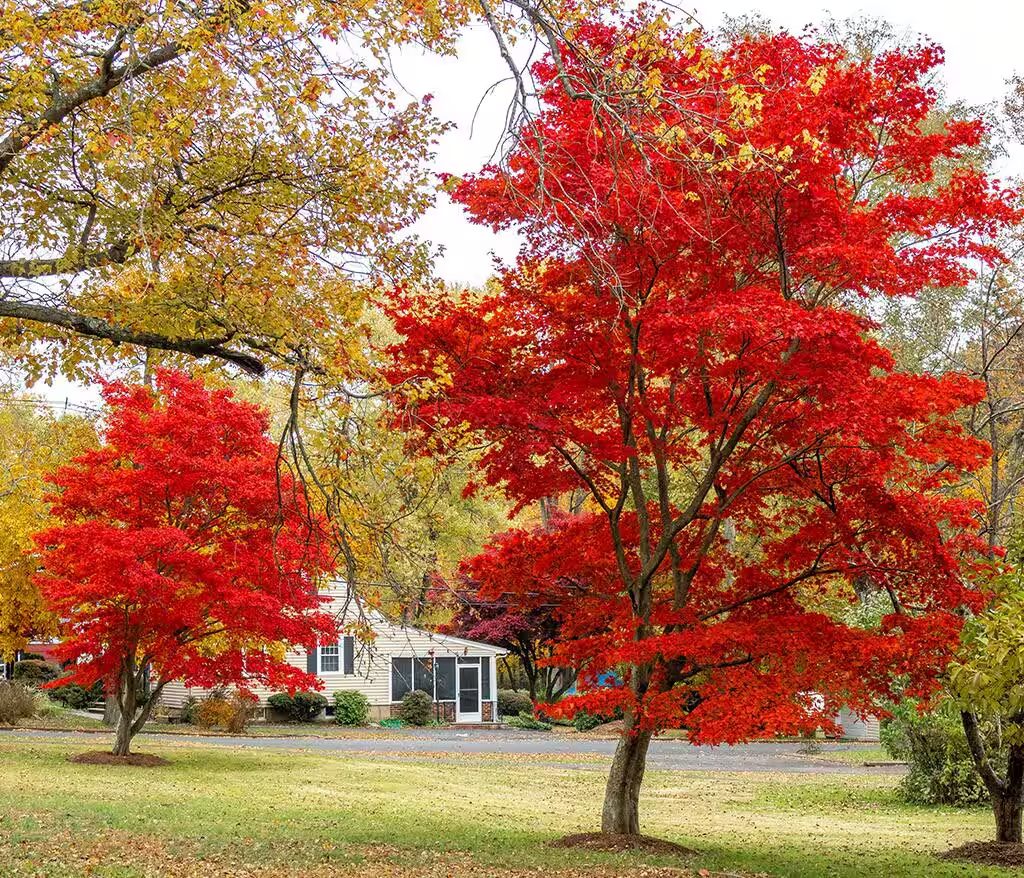
Why it’s a great choice:
The Red Maple is one of the most popular shade trees in North America thanks to its rapid growth rate, adaptability, and striking fall color. It grows about 2–3 feet per year and can reach heights of 40–60 feet within a few decades. Its wide, rounded canopy provides ample shade during hot summers, while its vibrant red foliage adds beauty to your yard in autumn.
Key benefits:
- Grows in a wide range of soil types and climates.
- Provides dense shade quickly.
- Offers seasonal beauty with red leaves and spring flowers.
Planting and care tips:
- Plant in well-draining soil and ensure full sun to partial shade exposure.
- Water regularly during its early years for strong root establishment.
- Prune occasionally to maintain a healthy shape and remove weak branches.
If you want both fast shade and ornamental appeal, the Red Maple is a reliable choice.
2. Northern Catalpa (Catalpa speciosa)

Why it’s a great choice:
Known for its enormous heart-shaped leaves and showy white flowers, the Northern Catalpa grows up to 2 feet per year and can reach 40–70 feet tall. Its broad canopy and dense foliage make it an excellent natural umbrella for yards. This tree also stands out with long seed pods, adding a unique ornamental quality.
Key benefits:
- Large leaves provide instant shade.
- Beautiful clusters of white flowers in late spring.
- Hardy and tolerant of urban conditions, pollution, and poor soils.
Planting and care tips:
- Prefers moist, well-drained soil but adapts to various conditions.
- Needs full sun for optimal growth and flowering.
- Prune in winter to shape and remove dead wood.
With its rapid growth and decorative charm, the Northern Catalpa is both practical and beautiful for cooling your yard.
3. Weeping Willow (Salix babylonica)

Why it’s a great choice:
The Weeping Willow is iconic for its sweeping, graceful branches that cascade toward the ground. This tree grows up to 8 feet per year when young and can mature to 30–50 feet tall with an equally wide spread, making it one of the fastest-growing shade trees. Its broad canopy provides extensive shade in just a few years.
Key benefits:
- Extremely fast growth rate.
- Elegant, graceful appearance for any yard or near water features.
- Provides excellent shade coverage.
Planting and care tips:
- Thrives near water bodies or in moist soil but adapts to average gardens with regular watering.
- Needs full sun for best growth.
- Roots spread widely, so avoid planting near foundations, pipes, or sidewalks.
If you want shade in record time and a tree with dramatic beauty, the Weeping Willow is a fantastic option.
4. Tulip Tree (Liriodendron tulipifera)
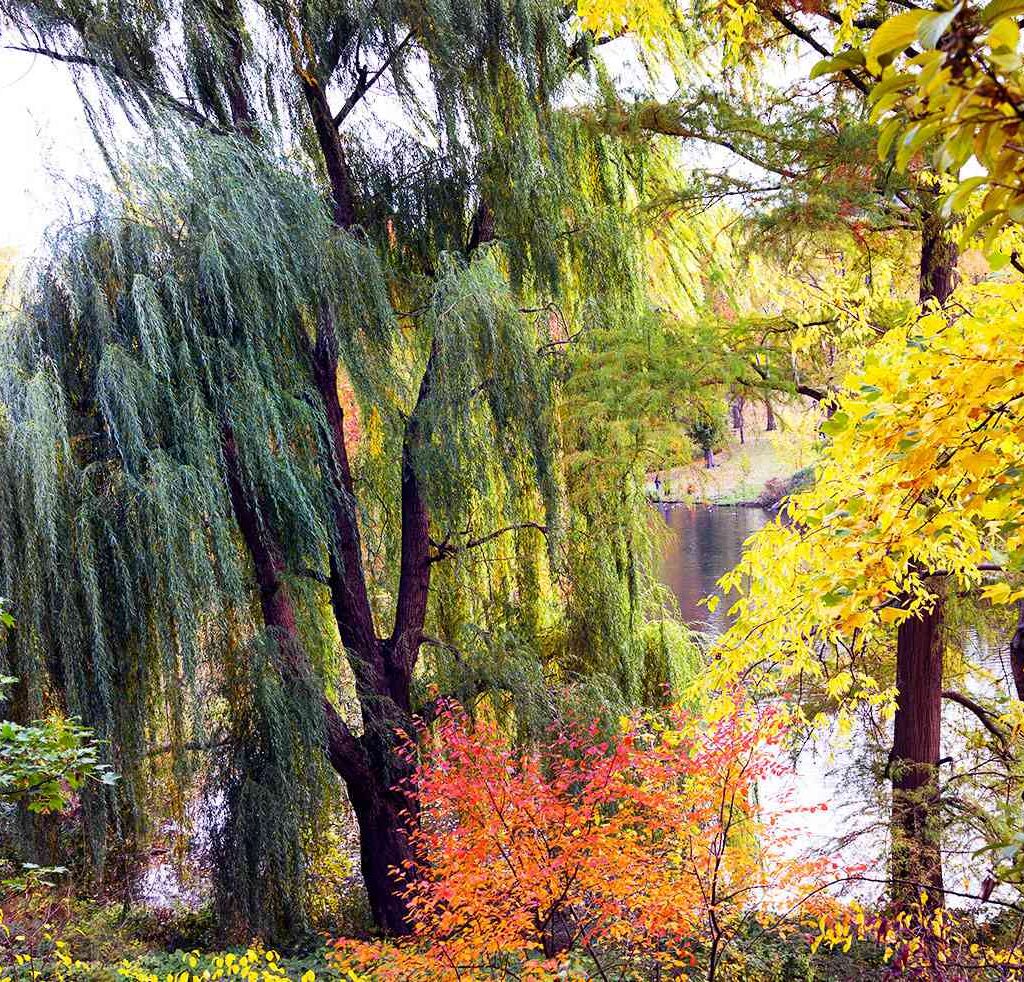
Why it’s a great choice:
Also known as the Yellow Poplar, the Tulip Tree is one of the tallest and most majestic shade trees, growing up to 3–5 feet per year in its early stages. It can eventually reach 70–90 feet tall with a straight trunk and broad canopy. Its tulip-shaped leaves and spring blossoms add extra ornamental value.
Key benefits:
- Provides tall, expansive shade coverage.
- Striking tulip-shaped flowers attract pollinators.
- Fast growth rate compared to other hardwood trees.
Planting and care tips:
- Prefers rich, well-draining soil and full sun.
- Requires regular watering during dry spells when young.
- Allow plenty of space for its large size and spreading canopy.
For those who want a statement tree that grows quickly and cools large spaces, the Tulip Tree is ideal.
5. Hybrid Poplar (Populus deltoides x Populus nigra)
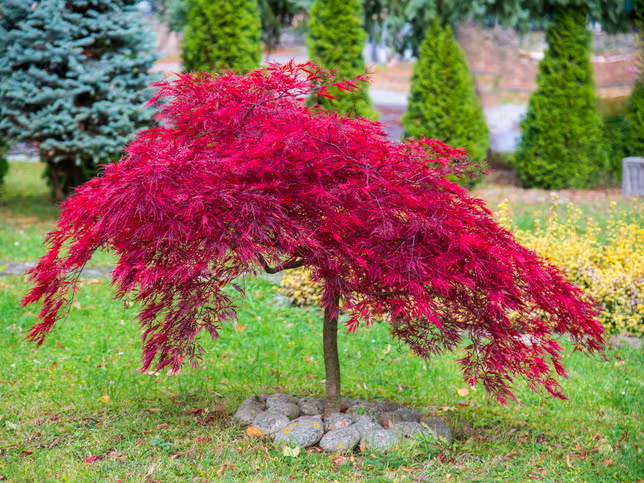
Why it’s a great choice:
The Hybrid Poplar is one of the fastest-growing shade trees, with an astonishing growth rate of 5–8 feet per year. It can reach 40–50 feet tall within just 6–8 years, making it a popular choice for quick shade and windbreaks. Its tall, upright growth habit and broad canopy make it highly effective for shading large areas.
Key benefits:
- Among the fastest-growing shade trees available.
- Great for large yards and quick results.
- Can help reduce energy bills by shading homes.
Planting and care tips:
- Plant in full sun and well-drained soil.
- Short lifespan (about 20–30 years), so consider it a temporary shade solution.
- Keep roots away from pipes and septic systems, as they can be invasive.
If your goal is immediate shade in just a few years, the Hybrid Poplar is the best choice.
Additional Benefits of Fast-Growing Shade Trees
Planting these trees doesn’t just cool your yard—it contributes to environmental and lifestyle benefits:
- Energy savings: Trees planted on the south and west sides of homes can reduce cooling costs by 20–30%.
- Wildlife habitat: Many shade trees provide food and shelter for birds, bees, and beneficial insects.
- Improved air quality: Trees filter pollutants and increase oxygen levels.
- Property value boost: A well-shaded yard with mature trees can raise home value by up to 15%.
Conclusion
Adding fast-growing shade trees to your yard is one of the best investments you can make for comfort, beauty, and sustainability. Whether you choose the vibrant Red Maple, graceful Weeping Willow, or rapid-growing Hybrid Poplar, these trees quickly transform your landscape into a cooler, more inviting place.
By selecting the right tree for your soil, climate, and space, you’ll not only enjoy cooler summers but also reap long-term rewards in energy savings, property value, and environmental health.
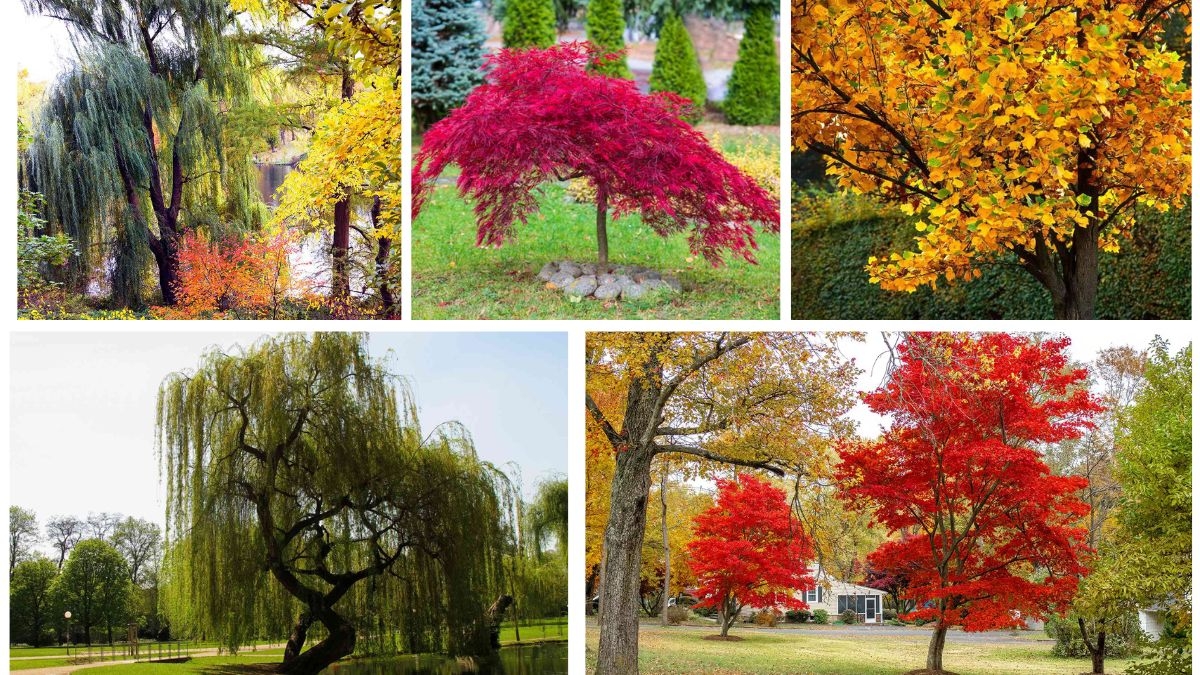


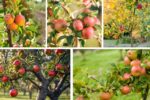


Leave A Comment